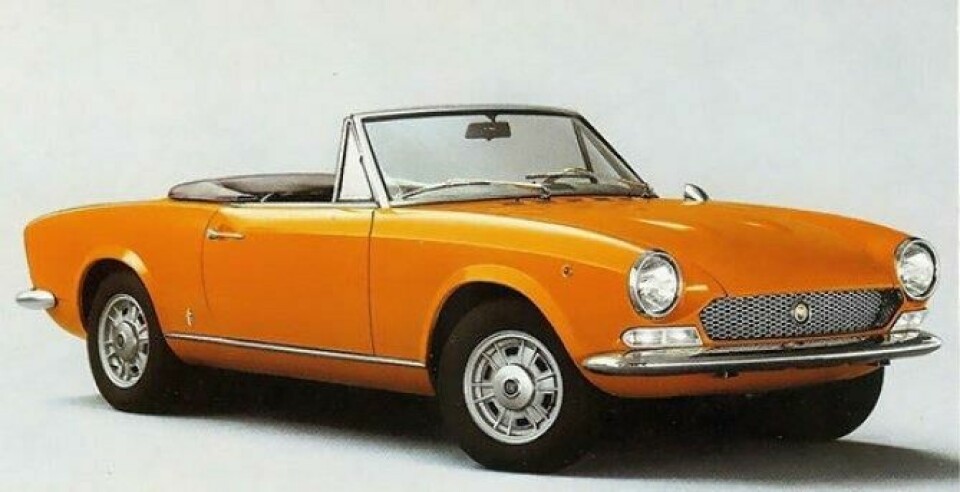
Corvette Rondine (1963)
Tom Tjaarda’s design for the other 1963 Corvette
Ask any Corvette enthusiast the significance of the year 1963 and an excited smile will break across his or her face. That was the year of the introduction of the second generation Corvette, the C2, with its dramatic styling, shape, and controversial split rear window, all courtesy of Larry Shinoda and the GM Design team.

But as design chief Bill Mitchell was soaking up all the praise for the new Corvette, he was quietly looking for other expressions of the Corvette. He sent Pininfarina a couple of chassis and a design brief to bring a new expression to the Corvette image. The Corvette Rondine was the result.
Designed by Tom Tjaarda, who was then working for Pininfarina, the Rondine was built on a (mostly) stock frame, with a stock Corvette motor, and a lightly modified interior. The big difference was in the body, which was not only unique in its styling, it was also made of steel. The Rondine was the only Corvette ever to wear a steel body, and consequently also the heaviest ever built.

Vastly different in design to the Stingray, the Rondine extended its nose and rear to create an elegant, continental expression of speed. The nose is not as sharp as the Stingray, but is narrow with exposed quad lights and a thin grille. A character line trails back from the nose, travels along the flanks of the car, along the door and springs up to the crown of the rear fender, terminating in a ‘swallowtail’ rear end.

The glasshouse is much more generous than that of the Stingray, which featured a split window in 1963 only (even Corvette die-hards admitted the window was impossible to see out of). In contrast the Rondine feature a full wraparound window and there was also a version with reverse-sloping flat glass immediately behind the driver and passenger.

The interior was largely stock Stingray, but the seats were covered with Italian leather, and the bespoke door cards were made in a matching white. The floor received a rich black carpet. The door hinge panels were chromed, emphasizing a joint often ignored by designers. Vision from the cockpit was excellent, and with the white leather appointments, the Rondine seemed a much lighter, more open space.
The Rondine made its debut at the 1963 Paris Motor show. It was well received by the European audiences, and GM executives were delighted. Zora Arkus-Duntov, the chief engineer for the Corvette program, was quoted as saying “for the first time I now have a Corvette I can be proud to drive in Europe”.
But American audiences were lukewarm to the Rondine. It was too continental, perhaps a bit too feminine. If the Corvette Stingray was a gladiator, the Rondine was a ballerina – strength grace, and style, but not enough brawn. And that name… Rondine means ‘swallow’ in Italian – not the kind of name you can give an American sports car, no matter what the tail looks like.

The Rondine was soon retired to Pininfarina’s museum and was sold in 2008 for $1.6 million. Its design lived on, however, as traces of it can be seen in Tom Tjaarda’s design for the original Fiat 124. Tjaarda, of course, would go on to design a host of classic cars, including the Ferrari 330 GT 2+2, the De Tomaso Pantera and Zonda, and many others.

But the Corvette Rondine remains unique in Tjaarda’s portfolio – an American classic transformed into a European-style GT coupe. Physically heavier, but aesthetically lighter, the Rondine had the potential to be a classic. But, sadly, it was not to be.
























